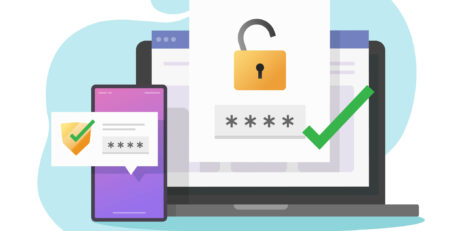IT Budgeting and Cost Management Tips for Small Businesses
When it comes to running a small business, IT expenses can feel like a never-ending drain on resources. Between software subscriptions, cybersecurity measures, and hardware upgrades, the costs add up fast. But here’s the good news: with strategic planning and mindful spending, IT budgeting can transform from a financial headache into a roadmap for growth.
Understanding What You Really Need
One of the biggest mistakes small businesses make is overspending on unnecessary tech. It’s easy to be dazzled by the latest software trends or invest in a fleet of shiny new laptops, but if they don’t contribute to efficiency or security, they’re just eating up your budget.
Start by assessing what you already have. Are there outdated systems slowing down productivity? Unused software subscriptions silently draining money each month? Taking inventory of your current IT setup will help you pinpoint where to allocate funds—and where to cut back.
Prioritizing Smart Investments
Not all IT expenses are created equal. Some investments will save you money in the long run, while others might just be costly distractions. Cybersecurity, for instance, is never an area to compromise. A single data breach can cost thousands—or worse, damage your reputation beyond repair. Investing in strong security measures ensures you’re protected before problems arise.
Another area worth prioritizing is cloud solutions. Small businesses often lean toward cloud services because they offer flexibility, scalability, and predictable costs. Instead of purchasing expensive hardware, cloud platforms allow businesses to operate efficiently without massive upfront investments.
And let’s not forget automation. Automating tasks—whether it’s invoicing, customer management, or workflow processes—saves time, reduces errors, and allows staff to focus on higher-value work.
Breaking Down Your IT Budget
A successful IT budget should align with your business goals while leaving room for unexpected expenses. Start by categorizing costs:
- Hardware replacements and upgrades
- Software subscriptions and licensing fees
- Cybersecurity solutions
- IT support or managed services
- Employee training on new tech
Setting aside an emergency fund is just as important as budgeting for planned expenses. A failing hard drive or unexpected cyber threat can derail operations if there’s no financial buffer in place.
Cutting Costs Without Cutting Corners
Many businesses unknowingly waste money on IT services they don’t fully utilize. Cloud subscriptions, for example, can be a sneaky expense—especially when multiple platforms are being paid for but aren’t bringing value. Regular audits can help pinpoint redundancies, consolidate software, and renegotiate service fees.
Managed IT services can also provide an affordable alternative to hiring full-time staff. By outsourcing IT management to professionals, businesses gain access to expert support, proactive monitoring, and cybersecurity protection—all for predictable monthly costs.
Keeping Your IT Budget Agile
The tech landscape evolves fast, and an IT budget should follow suit. What works today might not be the best strategy next year. Regularly reviewing IT expenses keeps businesses nimble, ensuring they’re always optimizing costs while staying ahead of potential risks.
Instead of setting a budget and forgetting about it, plan for quarterly or annual reviews. Take time to reassess software performance, new technology needs, and cost-saving opportunities. A flexible approach ensures businesses stay competitive without overspending.
__________________________________________________________________________________
Effective IT budgeting isn’t about cutting expenses—it’s about making smart investments. By understanding current IT needs, prioritizing essential upgrades, optimizing costs, and leveraging managed services, small businesses can build a strong, cost-efficient IT foundation.
Technology should empower, not drain resources. With the right approach, IT budgeting becomes a strategic tool for long-term success.











Leave a Reply